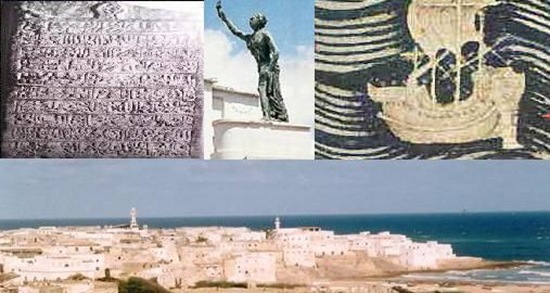
Mention Somalia and we all know what images it conjures. But there’s a place called Somaliland, and it’s not what you think…
Somaliland: The East African Country That Isn't
By Yohani Kamarudin, Environmental Graffiti, 9 July 2013.
By Yohani Kamarudin, Environmental Graffiti, 9 July 2013.
When you think of Somalia, your mind probably conjures up images of a poverty-stricken, war-torn and lawless state - a place populated by pirates and bloodthirsty warlords, as seen in news bulletins. Somalia’s neighbour Ethiopia doesn’t fare all that much better, either, and to describe the region as troubled would be an understatement.
A farmer near Dhagax Khoure, a rock art site. Photo: James Hopkirk.
Yet between these two countries is a small and so far officially unrecognized state that the United Nations envoy to Somalia Nicholas Kay calls “an island of relative peace and stability.” This is Somaliland.
A shop in Somaliland. Photo: James Hopkirk.
“I think the most surprising thing about Somaliland is that it hasn't been recognized as a country in its own right by the international community after all this time,” says photographer James Hopkirk, who took these incredible photos of Somaliland. “The situation isn't entirely rosy out there, but it’s had a democratically elected government, a working police force and military, [and] schools and hospitals for 20 years now, which is a lot more than can be said of Somalia to the south,” he explains.
A war memorial in the capital city Hargeisa. Photo: James Hopkirk.
Somaliland, which is officially an autonomous region of Somalia, was the site of the Somalia’s first civilization. Moreover, the ancient inhabitants left behind 10,000-year-old cave paintings that are some of the oldest in Africa. Ancient Egyptians referred to the Horn of Africa - which includes Somalia, Djibouti, Eritrea and Ethiopia - as the Land of Punt. The region was a rich trading partner with many desirable resources, among them fine woods, aromatic resins and gold.
A colourful, if not very intimidating, police checkpoint. Photo: James Hopkirk.
In more recent times, the Ottomans, the Egyptians and the British have ruled Somaliland. The British claimed the area as a protectorate, which they held from 1884 to 1960 - with a slight interruption between 1940 and 1941 when the Italians took control. In 1960, Somaliland was very briefly made independent, before it merged with the Trust Territory of Somalia to become the Somali Republic.
Armed bodyguard Ibrahim led photographer Hopkirk and his companions to an ancient rock art site.
Photo: James Hopkirk.
The new Somali Republic was turbulent. In 1969, the Somali Army staged a coup, and Major General Mohamed Siad Barre was installed as military dictator. Barre’s rule was marked by escalating totalitarianism and resistance movements, which ultimately brought on civil war. Militia group the Somali National Movement (SNM) - based in Somaliland’s present capital Hargeisa - called for secession from the republic. And from April 27 to May 15, 1991, a conference was held in Burao. Here, the SNM, led by Abdirahman Ahmed Ali Tuur, announced the independence of the northwestern Somali regions.
A khat stall in Hargeisa; khat is a very popular mild narcotic in Somaliland. Photo: James Hopkirk.
The newly established Republic of Somaliland maintained similar boundaries to those of the British protectorate, and Ali Tuur was instated as the first president. However, soon afterwards Ali Tuur changed his mind and gave up his position, advocating that Somaliland rejoin the rest of Somalia. In 1993, Muhammad Haji Ibrahim Egal succeeded Tuur, holding the position until he died in 2002. Vice president Dahir Riyale Kahin was then sworn in, and elections were held the following year. Kahin would become the first democratically elected president of Somaliland.
A rather dapper young man spotted in one of the markets. Photo: James Hopkirk.
Somaliland remained relatively free from the troubles experienced by Somalia, although in 2003 Western aid workers were attacked. Somaliland has a population of roughly three and a half million people, a democratic government, its own police force, an army and its own currency. There is even a flourishing private enterprise sector. Poverty is a problem, but some have suggested that this is partly down to Somaliland’s unrecognized status. If it were an official nation, it could, for example, apply for international loans.
Some of the wares at the camel market in Hargeisa. Photo: James Hopkirk.
As well as being officially unrecognized, Somaliland is completely unknown to many. We asked James Hopkirk how he went about finding out information before his trip, especially as this is hardly a popular tourist destination. “The Bradt [Travel] Guide was very helpful - I don’t think we'd have thought the trip possible without it,” he says. “Travel forums also proved invaluable for more up-to-the-minute information, and we spoke to journalists and NGO staff who’d spent time out here to get the lie of the land.”
Ibrahim the bodyguard looks across the Gulf of Aden in the direction of Yemen. Photo: James Hopkirk.
Bombarded as we are with news of the many dangers in this part of the world, we wondered if Hopkirk had any reservations about visiting the region. “We had a wobble shortly before we left when the FCO [the UK’s Foreign Office] suddenly changed their advice to recommend against all travel to Somaliland due to a specific, but unspecified, threat,” he replies. “In the end, we decided to press ahead, and I’m glad we did - the Somalilanders we spoke to seemed mystified by the warning, and no attack has yet materialized.”
Money changers in Hargeisa. Photo: James Hopkirk.
“We felt perfectly safe during the day in Hargeisa and Berbera, wherever we wandered - although we were warned not to stray too far after dark,” admits Hopkirk. “But when moving between cities, you're forced to travel with an armed guard for protection. When I asked what we needed to be protected from, we were told there was no danger. When I then asked why we needed a bodyguard, we were told it was to be on the safe side. We never quite got to the bottom of whether the threat was from criminals or Al Shabaab [a militant group] - or whether a police bodyguard, who you have to pay for, is really just a form of tourist tax.”
Inspecting the teeth is an important part of choosing a camel. Photo: James Hopkirk.
Hopkirk did recount one situation that sounds a little hairy - to us, at any rate. “When we travelled up into the mountains at Ga'an Libah to camp out for a night, the local police freaked out because they hadn’t been told we were coming. We ended up having to stay with four armed policemen sleeping outside our tent, but I got the sense that it was more about the local police chief having lost face than any actual risk.”
A local gas station. Photo: James Hopkirk.
The predominant languages in Somaliland are Somali (a Lowland Eastern Cushitic language), Arabic and English. The area is divided along the lines of a clan system, and the largest clan family is the Isaaq. The Isaaq claims that it was founded by a descendant of one of the followers of the Prophet Muhammad. Almost all Somalis are Sunni Muslims - which, according to Hopkirk, can present some challenges for photographers.
The rundown condition of buildings in Berbera’s Old Town is a result of neglect rather than warfare.
Photo: James Hopkirk.
“Be aware that most people do not want to have their photo taken,” Hopkirk warns other would-be photographers thinking about visiting Somaliland. “So you’ll have to be very polite and patient if you want to get anywhere - always ask permission or you could get into serious trouble.” Some Muslim sects forbid photography because, traditionally, Islam prohibits the depiction of sentient beings. “Patience and politeness got me what portraits I was able to capture,” says Hopkirk.
A Somaliland woman wearing headphones. Photo: James Hopkirk.
For those who do visit Somaliland, a must-see attraction takes the shape of the ancient cave paintings mentioned earlier. The Laas Gaal cave paintings were found in 2002, and some say that they have the potential to become a real tourist draw or could even attain UNESCO World Heritage status. The Somaliland government would like to develop its tourism industry, but unfortunately its not being a recognized state makes this difficult.
Crossing the border from Ethiopia. Photo: James Hopkirk.
When we asked Hopkirk about his favourite experience, he replied, “I loved the Old Town in Berbera. It’s an extraordinary, otherworldly place. The buildings are all in various states of collapse, and yet people continue to live in this ghost town, among the ruins. Of all the places we visited, this was where we found people the most friendly and the most receptive to being photographed.” Berbera is also known for its impressive Ottoman architecture.
View from Ga’an Libah looking in the direction of Berbera and the Gulf of Aden. Photo: James Hopkirk.
Although it may not have as many problems as its immediate neighbours, Somaliland is far from trouble-free. There is high unemployment, and the economy relies on money sent back by Somalilanders who live and work abroad. As in Somalia, there are also pirates and militant tribal groups, but so far the government has managed to successfully keep these under control.
A group of goats make themselves comfortable on some shop steps. Photo: James Hopkirk.
Somaliland is optimistic about its future. “While two decades might seem a long time to live without recognition, Somalilanders have not just been biding their time - they have been hard at work, rebuilding their country and lives,” said current president Ahmed Mahmud Silanyo in June 2013, during festivities held to celebrate Somaliland’s 53rd year of independence from Britain. “One of these days their quest for recognition as a sovereign people shall come true, Inshallah.”
It’s all smiles from this Somaliland family. Photo: James Hopkirk.
Hopkirk’s advice for anyone thinking of traveling to Somaliland? “It’s not an easy country to travel in. It is simply not set up for tourism in any meaningful way and dealing with local bureaucracy can be frustrating, especially police and airport security.” However, he adds, “It’s very rewarding nonetheless - the people are generally very friendly and welcoming, the geography is spectacular and you’ll be one of only a handful of tourists passing through here each year, so it’s an adventure. We came in by bus from Ethiopia, and flew out of Berbera after a quick excursion to Mogadishu - an itinerary I would definitely recommend.”
Article Sources:
1. New UN envoy hails Somaliland as ‘island of relative peace and stability’ in insecure region
2. History of Somaliland
3. Land of Punt
4. Dahir Riyale Kahin
5. You Think You Know Somalia? Meet Somaliland
6. Somaliland profile
7. Somaliland Country Profile
8. Somaliland 2013
9. Isaaq
10. Culture of Somaliland
11. Understanding Somaliland History
12. Aniconism in Islam
13. Tourism in Somaliland
14. A guided tour of Laas Gaal's mysterious Neolithic rock art
1. New UN envoy hails Somaliland as ‘island of relative peace and stability’ in insecure region
2. History of Somaliland
3. Land of Punt
4. Dahir Riyale Kahin
5. You Think You Know Somalia? Meet Somaliland
6. Somaliland profile
7. Somaliland Country Profile
8. Somaliland 2013
9. Isaaq
10. Culture of Somaliland
11. Understanding Somaliland History
12. Aniconism in Islam
13. Tourism in Somaliland
14. A guided tour of Laas Gaal's mysterious Neolithic rock art
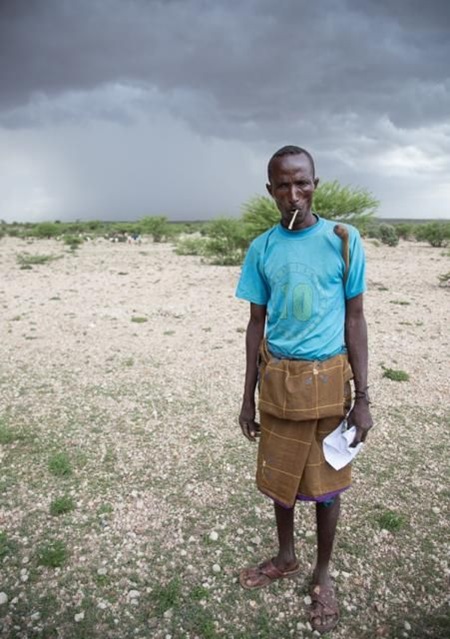
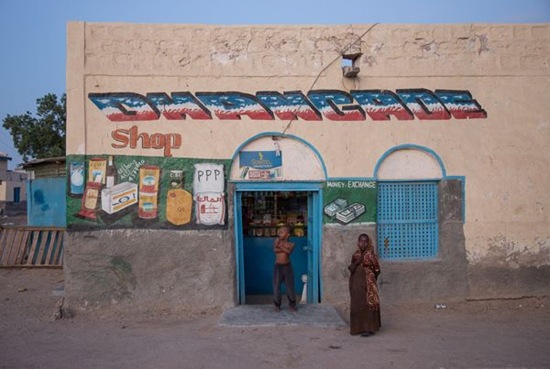

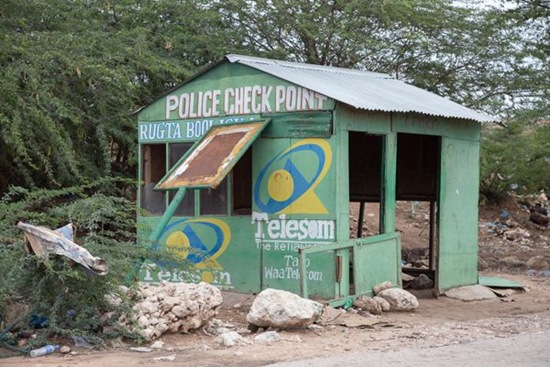

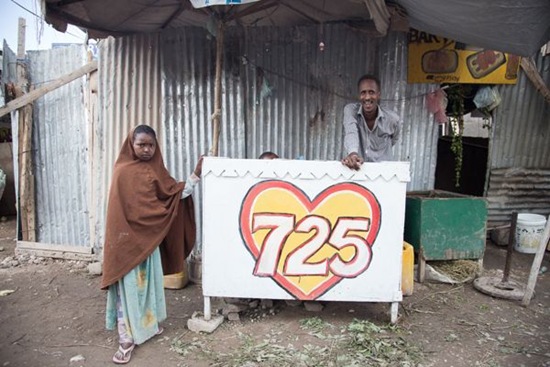
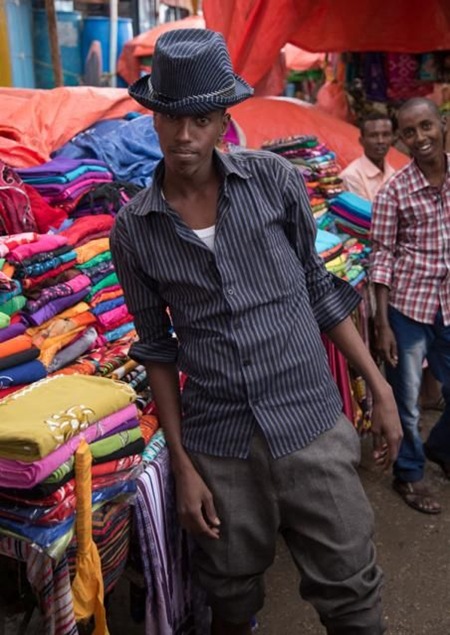
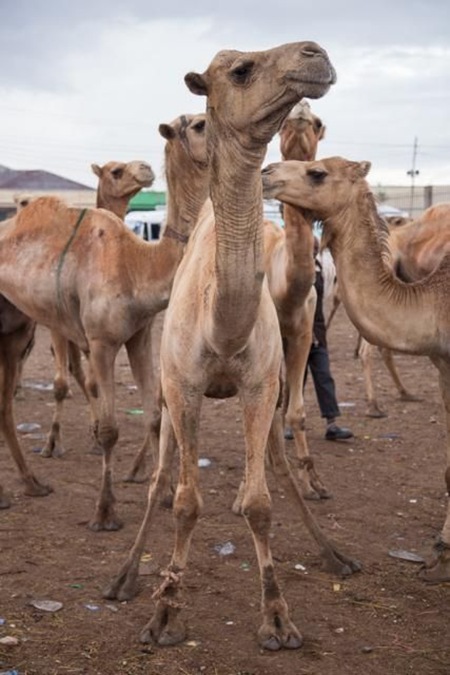
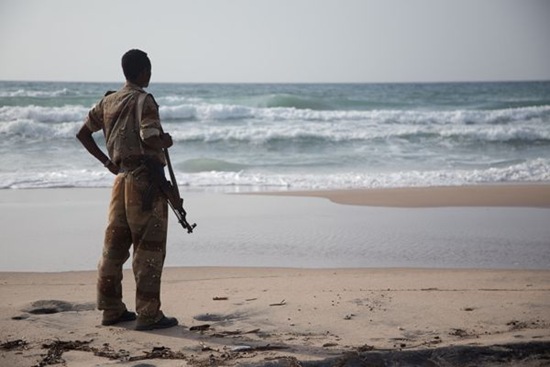
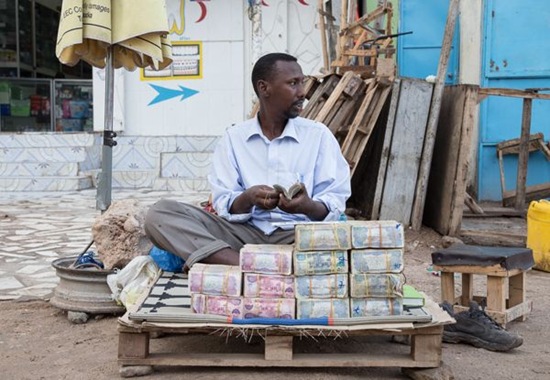
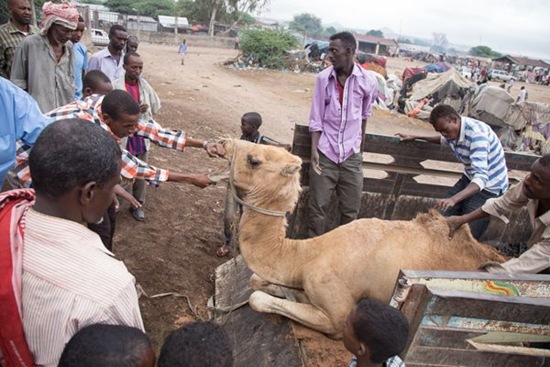

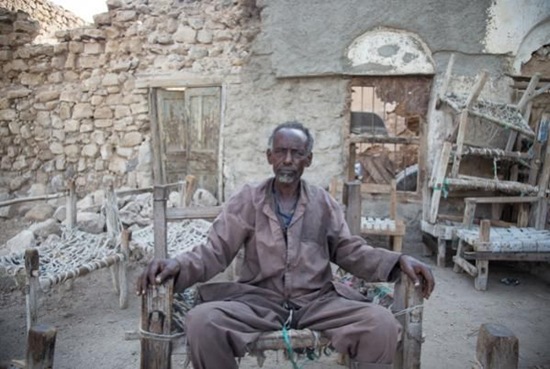


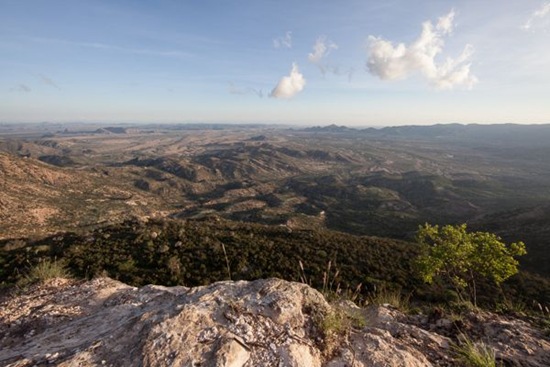
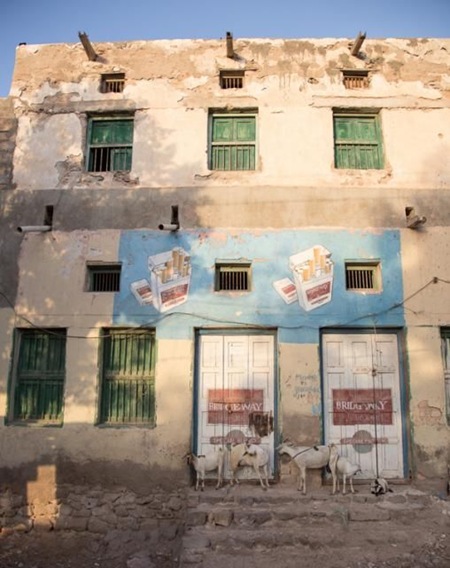
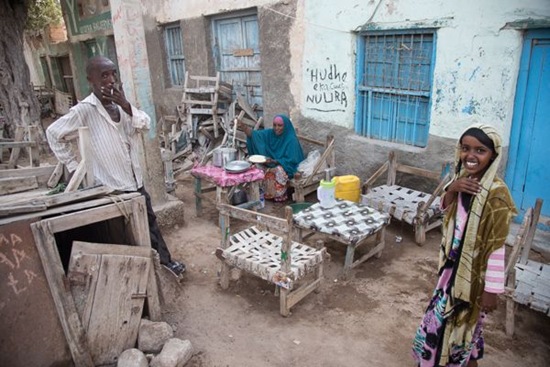
No comments:
Post a Comment
Please adhere to proper blog etiquette when posting your comments. This blog owner will exercise his absolution discretion in allowing or rejecting any comments that are deemed seditious, defamatory, libelous, racist, vulgar, insulting, and other remarks that exhibit similar characteristics. If you insist on using anonymous comments, please write your name or other IDs at the end of your message.